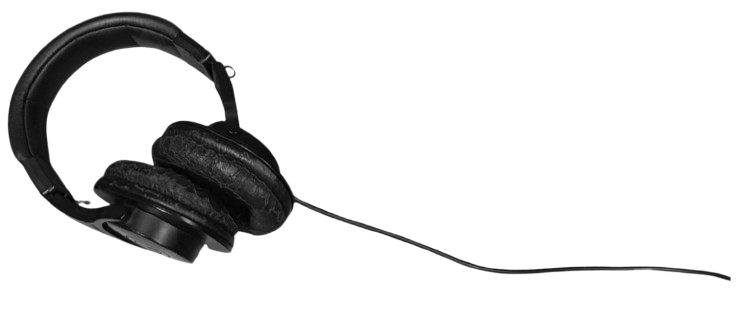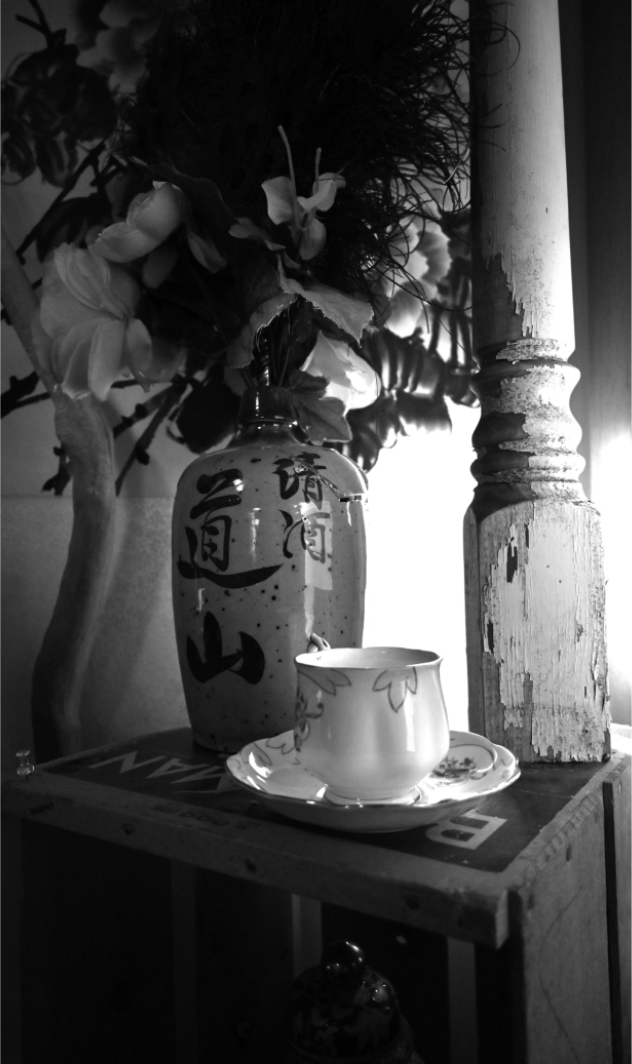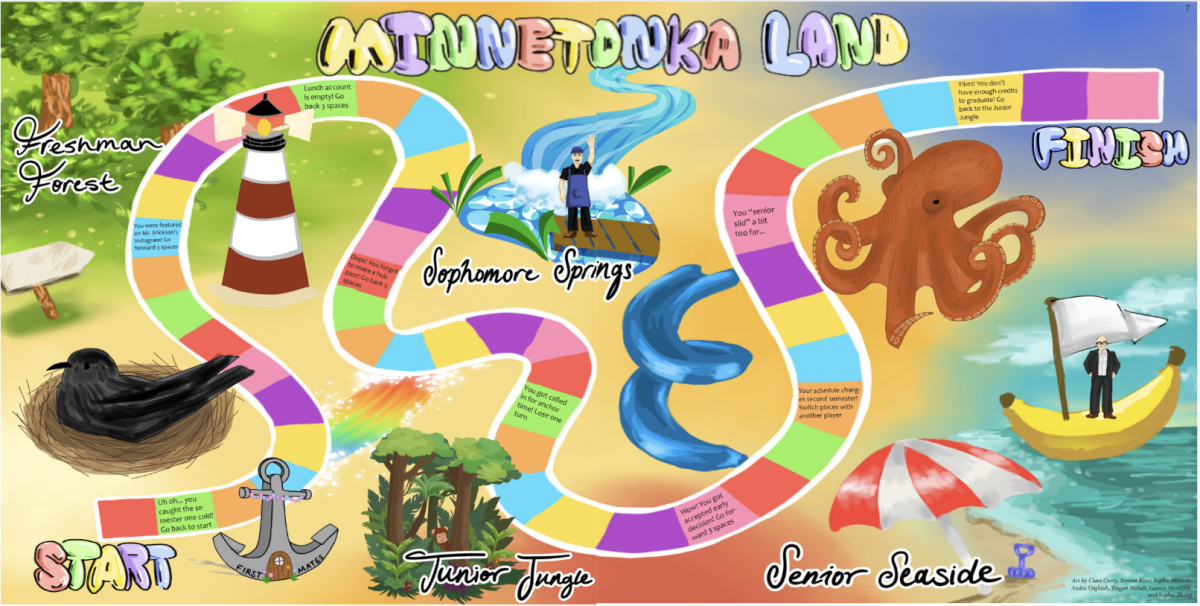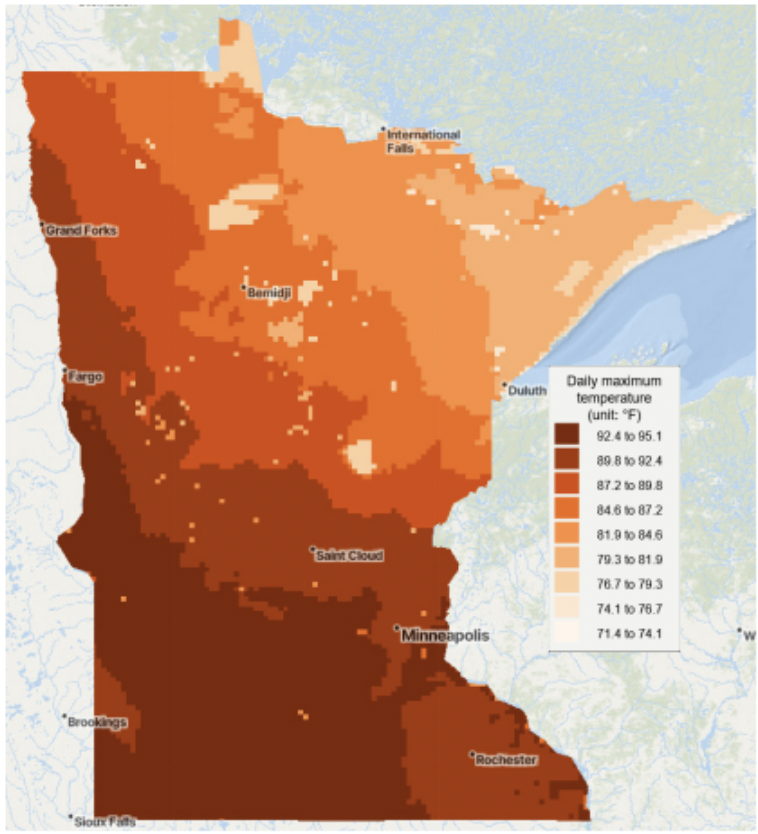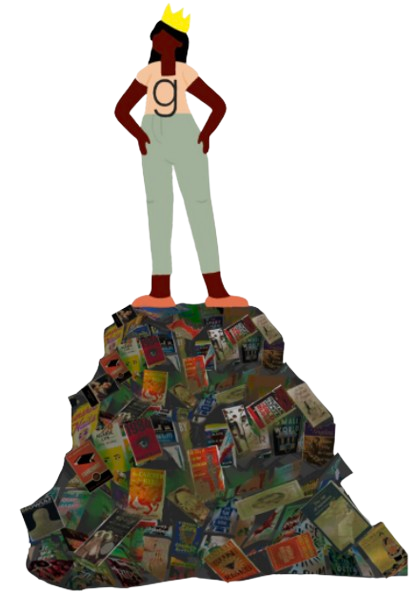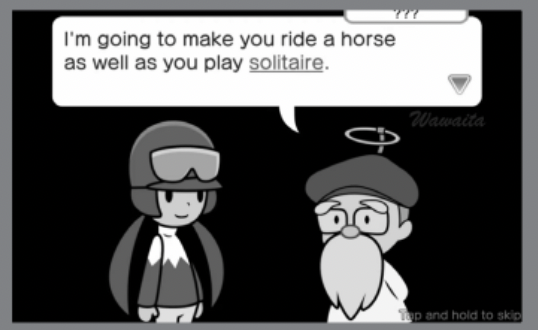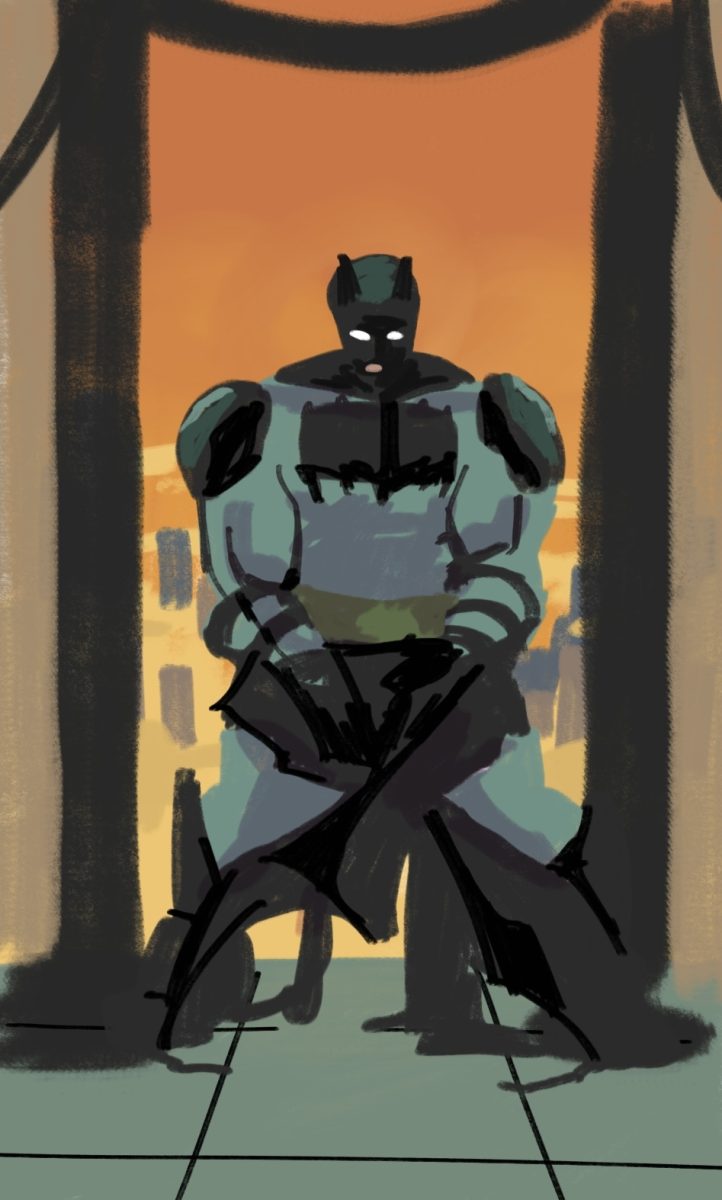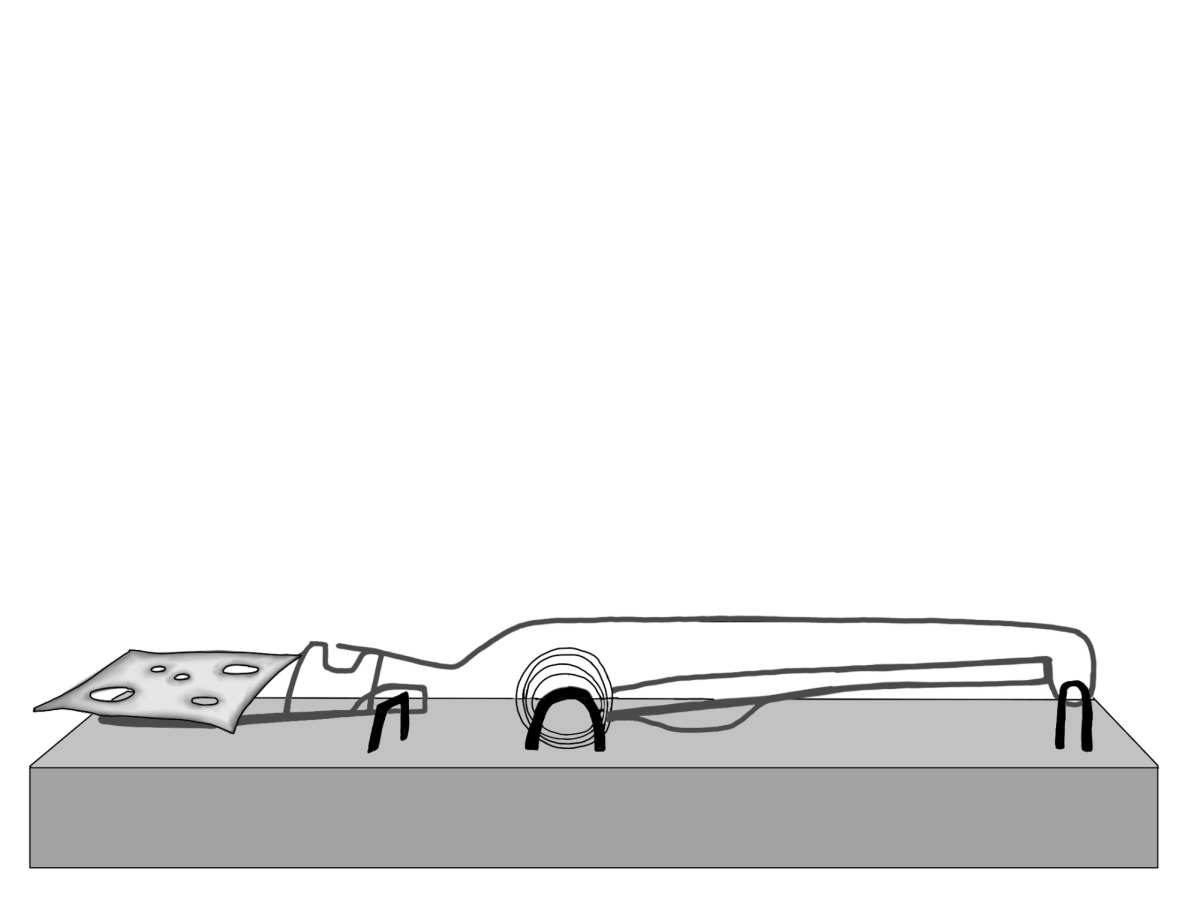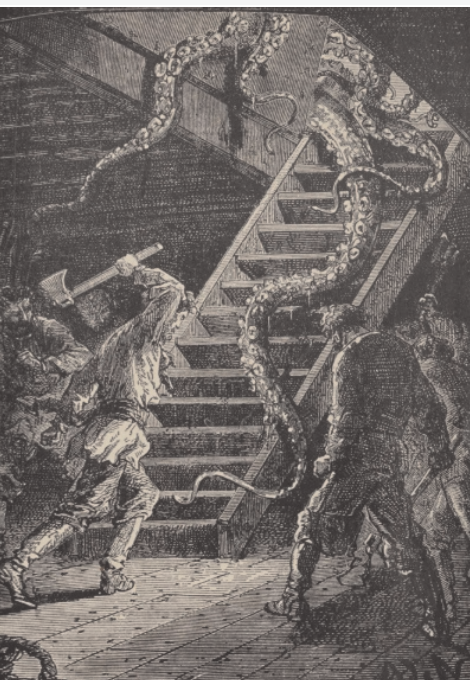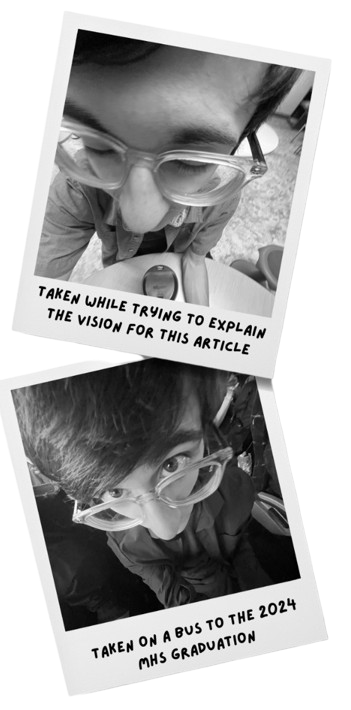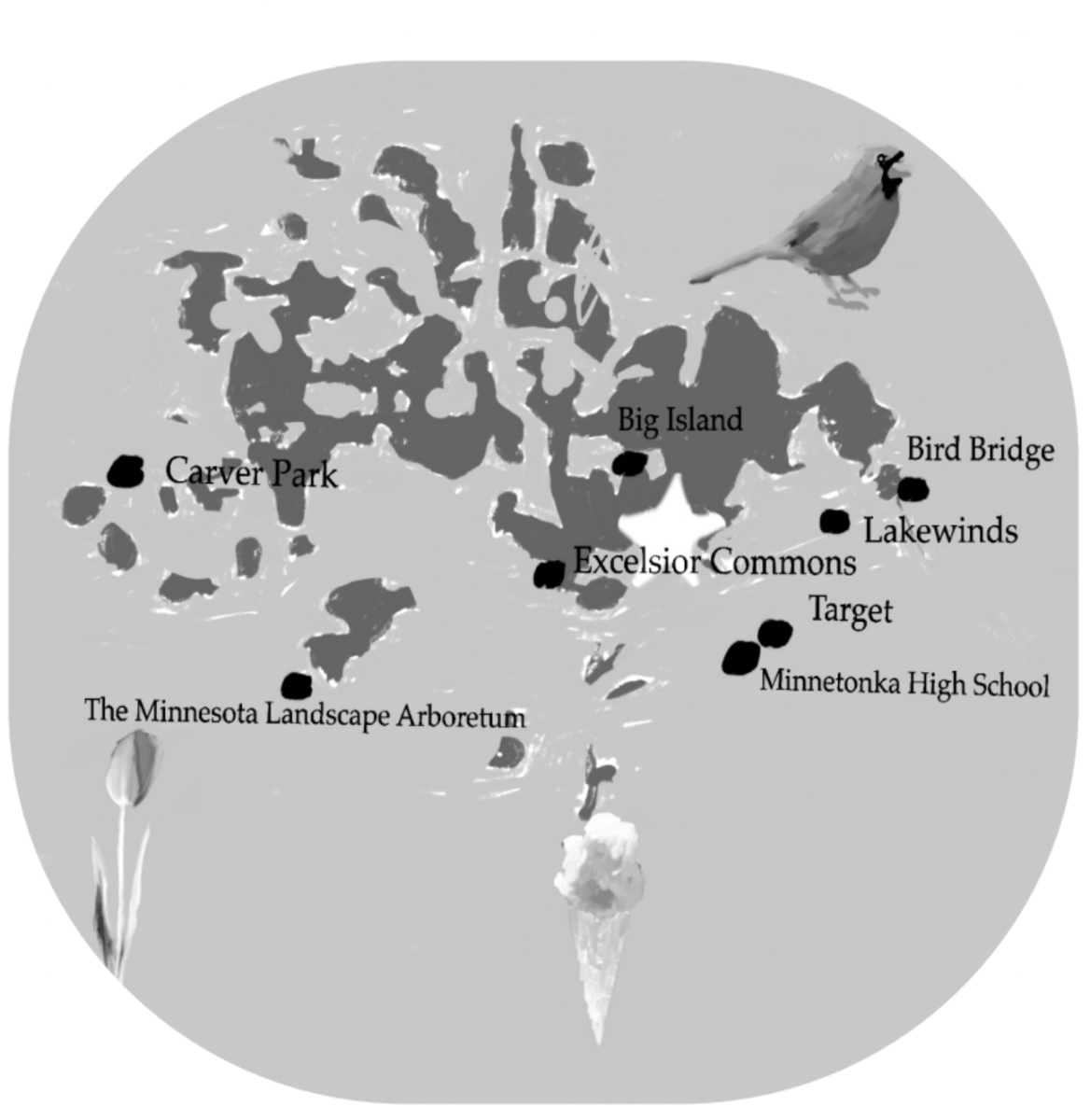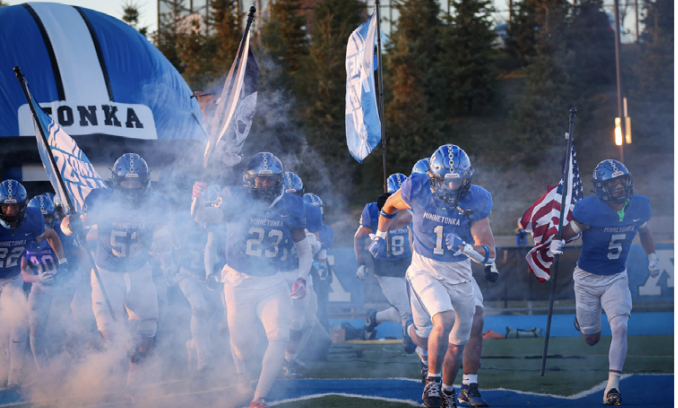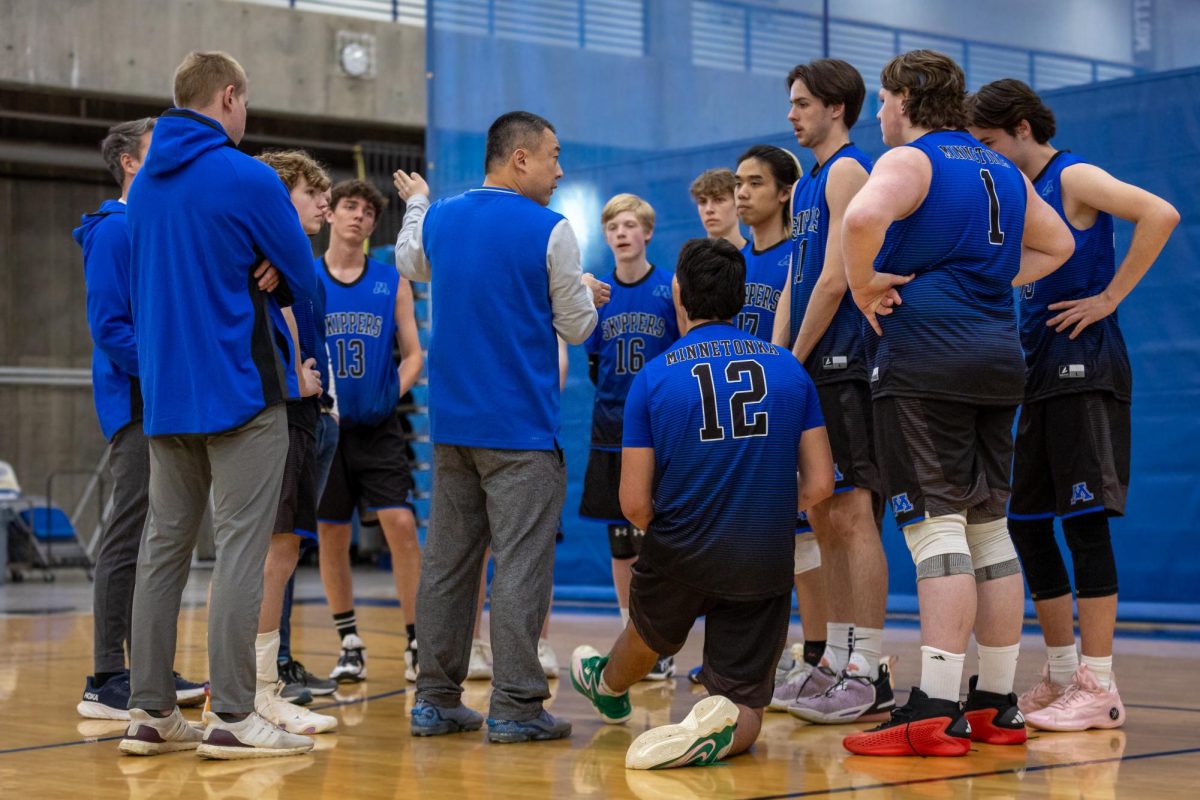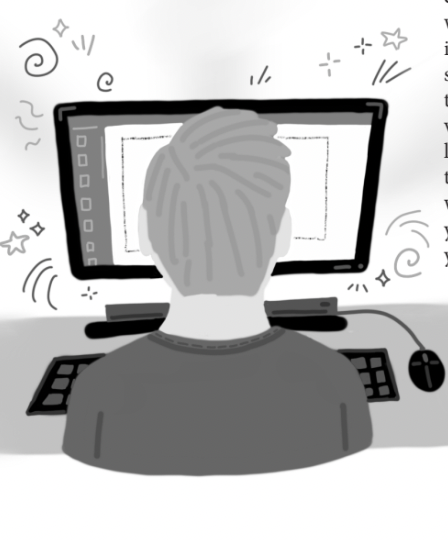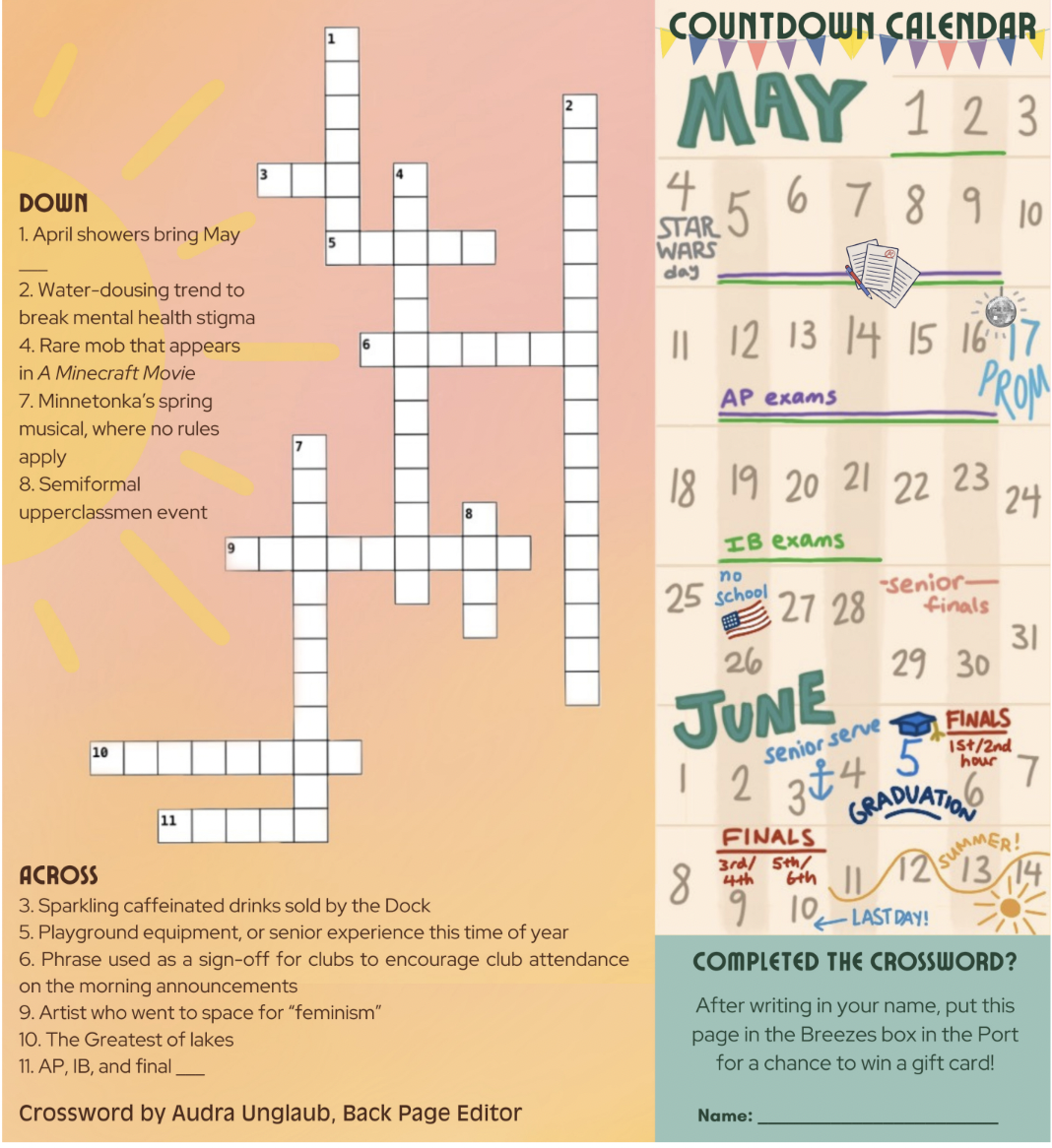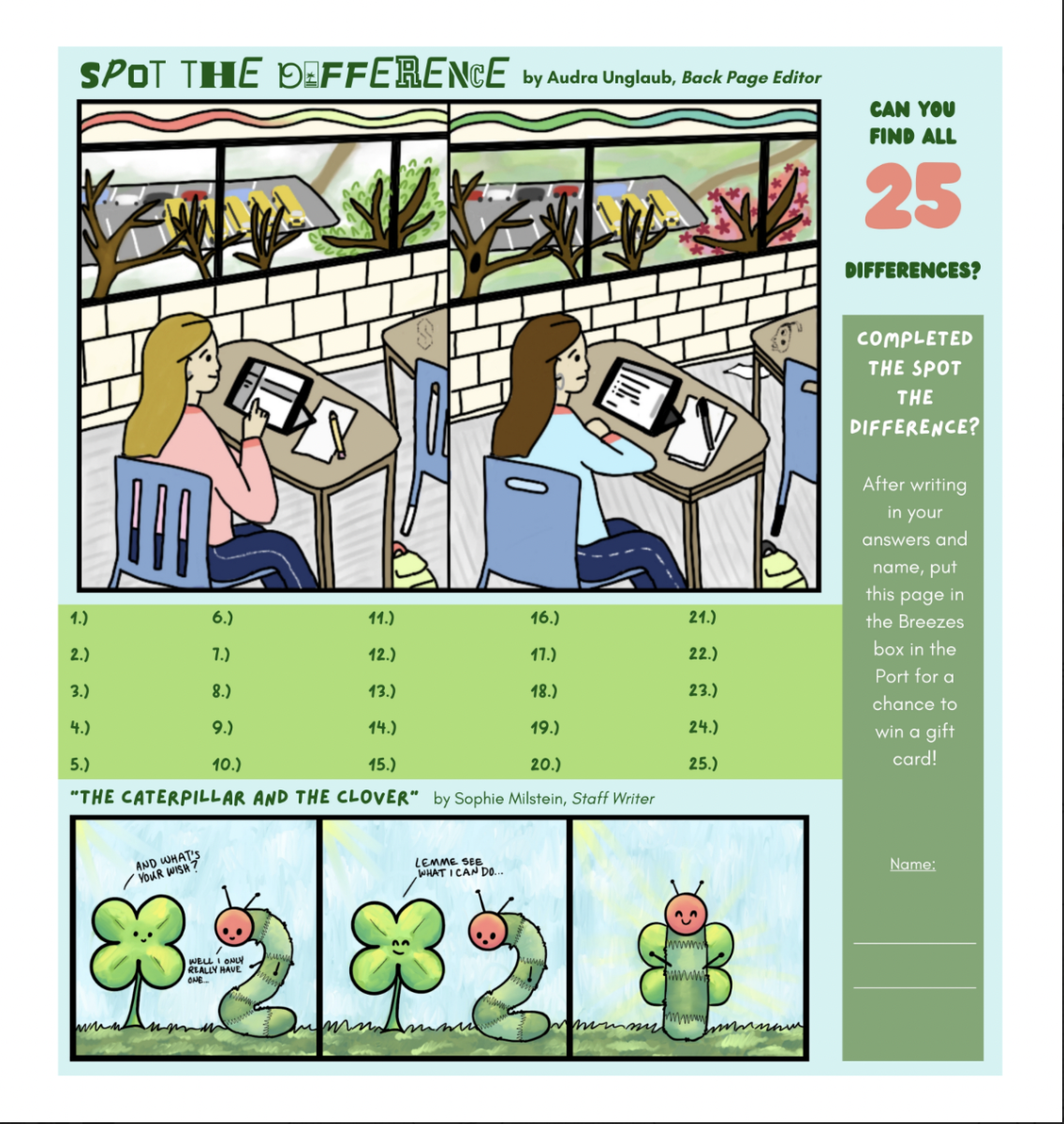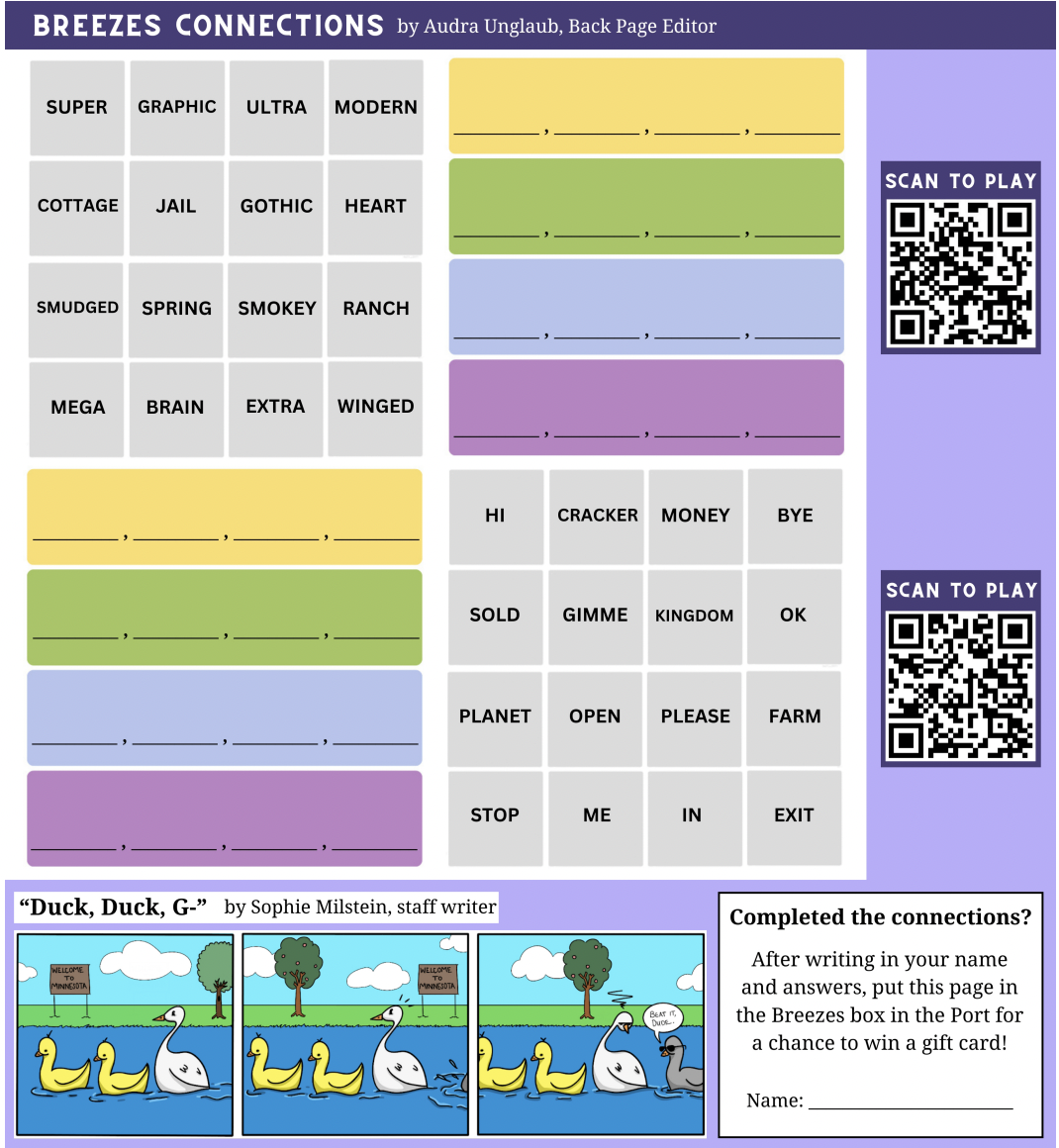COVID-19 Isolation Ruined Students’ Social Skills—Here’s How to Recover
April 30, 2021
On March 11, 2020, the World Health Organization designated the COVID-19 virus as reaching pandemic levels, drastically impacting the daily lives of people both globally and at home in Minnetonka. Now, over a year later, things are finally starting to return to normal. Schools, restaurants, movie theaters, libraries and coffee shops are opening. School and professional sports have resumed. The Summer Olympics are on track to take place in Japan this July and families everywhere are planning on taking summer trips once again.
However, given the lengthy period students have spent apart from their friends, teachers, and classmates, many students are finding that their interactions with other people—and even their social norms—have changed.
Akshata Moorthy, ’23, agreed that the COVID-19 restrictions have impacted her social interactions with others.
“Overall, I think my social circle has become smaller,” she said, “but it has also allowed me to focus on the relationships that I really want to strengthen and to better develop by spending more time with those people…I also spend a lot of time at dance, so I see people there which helps [fight the loneliness] too.”
Moorthy isn’t alone in her optimism. According to a Pew Research study done in August last year, two-thirds of Americans mentioned at least one positive personal development since the pandemic began. In fact, one-third of Americans surveyed said that they felt a deeper connection to their family and friends and enjoyed extra time to devote to their hobbies.
However, not all the changes have been positive. Moorthy also said that she knows several kids that seem to only have friends they see at school.
“Outside of school, a lot of these kids seem really lonely, and I feel like that has progressed during COVID […] I think that maybe COVID helped some people strengthen their social interactions, but for the most part it’s actually created a lot more anxiety in people,” she said.
Researchers agree. According to a C.S. Mott’s Children’s Hospital poll, 46% of parents have expressed a concern that their child has shown some sign of anxiety or depression since the start of the pandemic, making many teens – if not all – a bit socially awkward for awhile as they figure how to give handshakes, high-fives or hugs again. However, these changes aren’t necessarily long lasting.
The National Society for Social Anxiety offers a few tips for people struggling to get used to old social interactions again. First, always keep a positive attitude and remember that everyone is re-learning how to socially interact again. There is opportunity for improvement for everyone. After being apart for so long, some feelings of anxiety are normal, so it’s important for someone not to beat themselves up if they accidentally say the wrong thing or have a hard time coming up with conversation topics with teachers and classmates after not seeing them in person.
Additionally, practice makes perfect. If you keep working on starting conversations and being social, people are bound to make some new friends along the way. If students are nervous about presenting something in school or participating in a group project, write down what to say or visualize those interactions. According to several behavioral and social psychologists, these exercises are helpful in retraining the brain to be social again.
Post COVID, some things will likely persist: a heightened focus on cleanliness, for example, and perhaps even online options for school and work. However, humans are social animals. As students continue to interact with peers and adults more, it is likely that much of this social anxiety, loneliness and anxiety will fade with time. We all just need to be patient in learning how to do it again.


